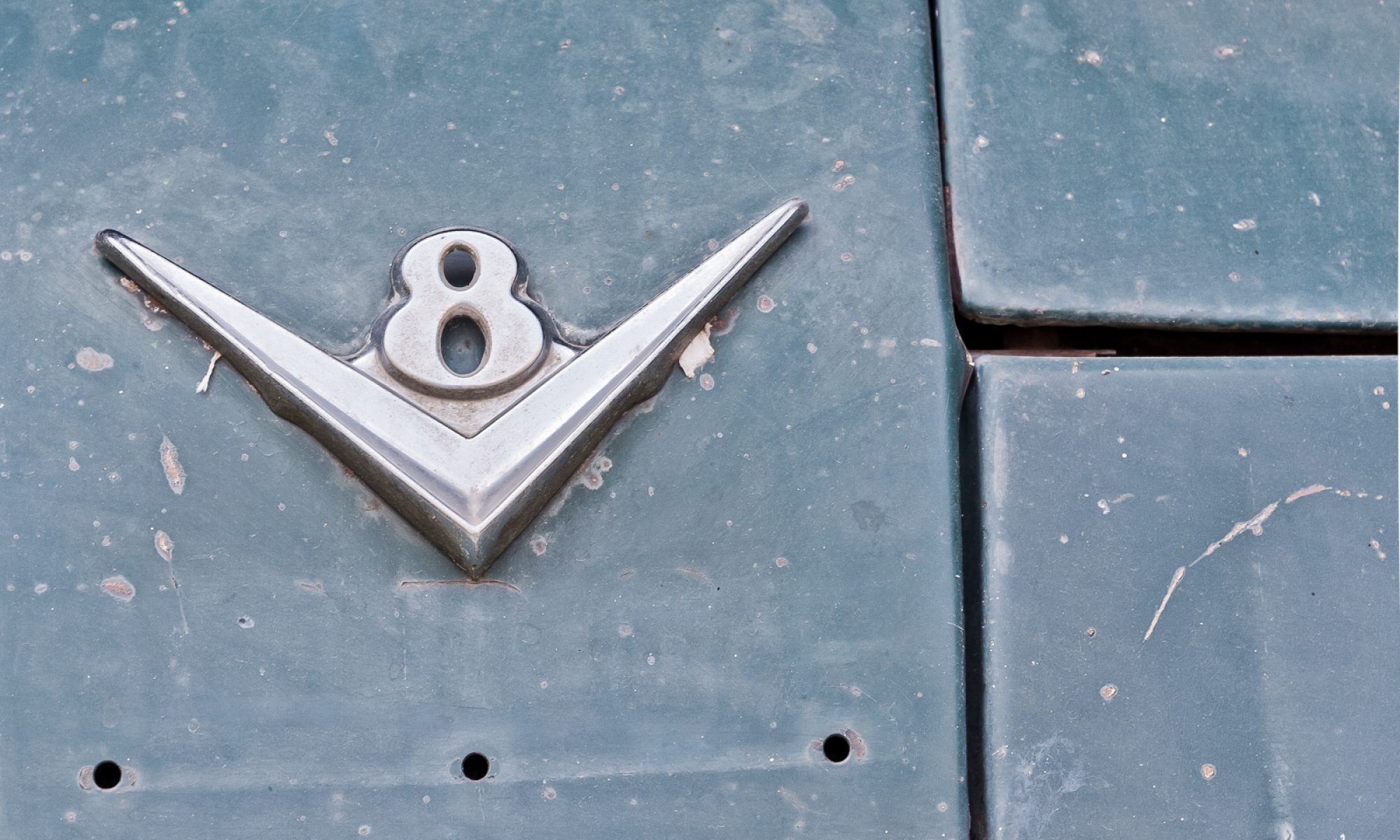Here's a quick way to add a mobile interface for your web site: Wirenode.com lets you feed in your site's RSS feed or edit pages by hand to create a mobile-friendly site in just a minute or two. Of course, I made one, too. Give it a try!
On Tooltips and Affordances

I just got a new smartphone - a T-Mobile Wing, in fact, and I like it a lot. I've never used Windows Mobile for any extended length of time, though, so I'm still learning a few things. This morning, while trying to figure out what a button did, I caught myself doing something astounding, and I gained a whole new appreciation of affordances.
This phone, if you're not familiar, is a touch-screen smartphone with a slide-out keyboard, so if I'm doing anything remotely complicated, I'm usually using a stylus to point to the screen. This is sort of interesting all by itself, because in many ways the stylus acts as an interface metaphor for a mouse, which is, in many ways, acting as an interface metaphor for a finger. It's no wonder parts of the UI are screwed up!
So I was looking at the Calendar - a screen I'd used a few dozen times, and I wanted to move to the next week. I knew I could go to the menu to do this, but I thought perhaps there was an easier way to get there (I've been finding all sorts of those while learning to use this phone). There was a little button on a little toolbar, and I didn't know what the button did. So I took my stylus and held it still, poised a few millimeters above the touch-sensitive screen.
I was waiting, obviously, for the tooltip that never came. I expected the button (especially a toolbar button), to have a tooltip. This is an affordance of toolbar buttons, and my misguided gesture was a failed attempt to exercise this affordance.
There are several interesting observations to be had here, beyond the obvious, "Dave's a moron" one. Here are a few that sprang to mind:
- In the week or so I've had this device, I've adopted the stylus as a seamless analog to a mouse, to the extent that I don't differentiate the things that one can do that the other can't.
- As users gain experience and UI metaphors grow in penetration, they become their own UI "primitive". If I hadn't been using toolbars with tooltips on their buttons for the last (mumble, mumble) years, I would never have been conditioned to look for them on a new interface.
- The smartphone (and the Windows smartphone in particular) is a horribly difficult device to support as a developer. I've been quite aware as I've used this interface that some of the actions I perform with a stylus would be really difficult to support well on a phone without a touch-sensitive screen, and yet you see a lot of applications try to support both platforms with one version of software - a pretty tall order if your interface is non-trivial. The whole portait-to-landscape pivot every time I pop our my keyboard would be enough all by itself to make this difficult.
- Given the above, I think you have to tip a hat once again at Apple for the design of the iPhone. Granted, their tight control of the whole hardware-software platform is the only way that this is possible, but I think it's still great execution. This format is *not* easy.
Finally, from a design standpoint, this underscored for me the need to obtain real-world usability information about a system. I'm no Alan Cooper, but I'm better than your average bear at UI design, and I never would have seen this one coming if I hadn't done it myself. It's just too hard to relax all of your preconceptions and pre-loaded context when you're designing a user interface. Real-world usage of a system will almost always turn up a few gems like this. If you don't know about them, it doesn't mean they're not happening - it means you need to get your head out of the sand and pay attention to your users.

![Reblog this post [with Zemanta]](https://i0.wp.com/img.zemanta.com/reblog_e.png?w=525)